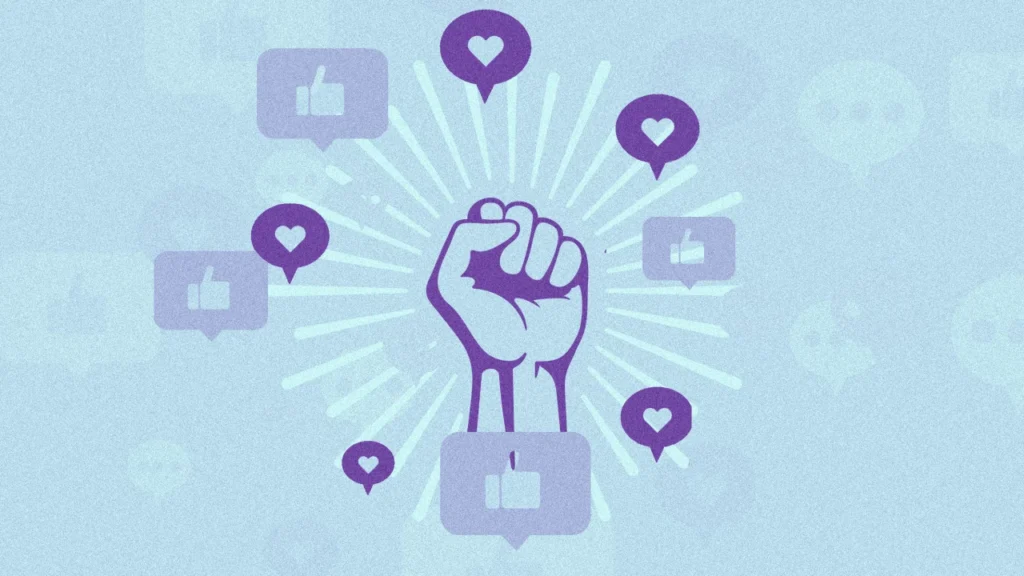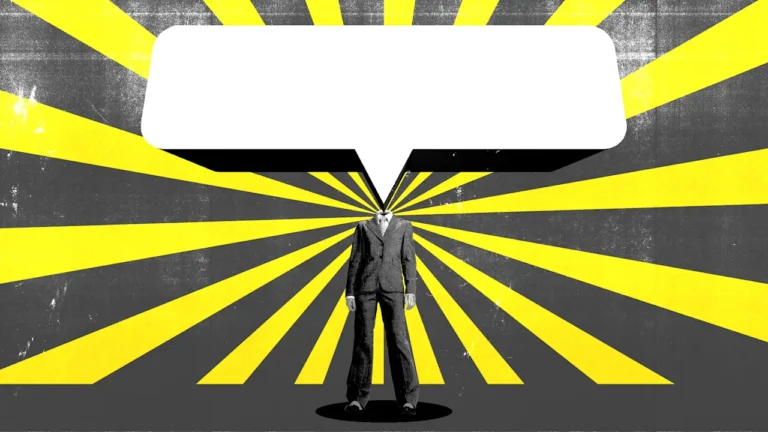
Hello and welcome to a special edition of Modern CEO! I’m Stephanie Mehta, CEO and chief content officer of Mansueto Ventures. Each week this newsletter explores inclusive approaches to leadership drawn from conversations with executives and entrepreneurs; this week I’m dropping a few extra newsletters from the Cannes Lions International Festival of Creativity. If you received this newsletter from a friend, you can sign up to get it yourself every Monday morning.
Engaging with consumers and clients has traditionally been the purview of customer service teams and chief marketing officers (CMOs) who communicate with customers through advertising and messaging. CMOs are the folks gathered at the Cannes Lions International Festival of Creativity this week.
But thanks to social platforms, consumers now have the ability to tarnish or burnish brands, impact revenue, and even hurt or help stock prices—all part of the CEO remit. Consumers “are more powerful, and they have more access and more tools,” says Anton Vincent, president, Mars Wrigley North America and global ice cream at Mars. “The creator economy will only help to accelerate consumer power.”
Straight from the top
As a result, more CEOs are going “direct to consumer.” LinkedIn says it has seen a 52% increase in posts from CEOs in the past two years. “We think about [posts] as a conversation,” says Dan Shapero, LinkedIn’s chief operating officer. “Executives feel safe posting because it is a platform for constructive conversation.” Indeed, comments on LinkedIn are up 32% year over year.
The most progressive companies and CEOs aren’t just talking to customers, they are harnessing customers’ energy to help build loyalty and support for their wares—and even to help companies build new products. Research from ad agency TBWAWorldwide found that 15% of adults globally would spend more for a brand that lets them “participate in collaborative projects via co-creation, decentralization, or crowdsourcing.”
The customer connection
Thanks to generative AI, consumers are already creating art, marketing messages, and other content for brands, much of it unauthorized and much of it “technically impressive but conceptually shallow,” says Jen Costello, global chief strategy officer for TBWAWorldwide.
A better approach is “where co-creation is less about spectacle and defined more by transparency, reciprocity, and the infrastructure for true partnership,” she says. “Think co-branded product lines with fans, closed-loop design labs with select contributors, and shared revenue or credit for substantial contributors. With that in place, AI becomes a powerful accelerant rather than the showpiece.”
Vincent of Mars Wrigley says the company engages consumers by offering superfans a peek under the tent of what may be coming next. The M&M candy brand, for example, has embraced personalization, selling customized packaging and candies, and its Fun Club community engages members with quizzes, surveys, recipes, and more. Vincent says he also is “upskilling” his employees to become fluent in technologies and platforms that consumers are using to communicate displeasure or loyalty.
CEOs who cede responsibility for engaging with consumers do so at their peril. Says Jim O’Leary, North America CEO and global president at Weber Shandwick: “Consumers are much more important to CEOs today because they have a much greater ability to influence things.”
How are you connecting with customers?
CEOs, how do you engage with customers? Are you posting on LinkedIn or TikTok? Send me your examples—and links. I’d love to feature helpful examples of CEO-consumer interactions in a future newsletter.
Read more: CEOs go direct to consumer
• What it’s like to be a female founder in the age of Instagram
• MillerKnoll CEO’s lessons from a town hall that went viral
• Mighty Networks CEO says community is key to building business
